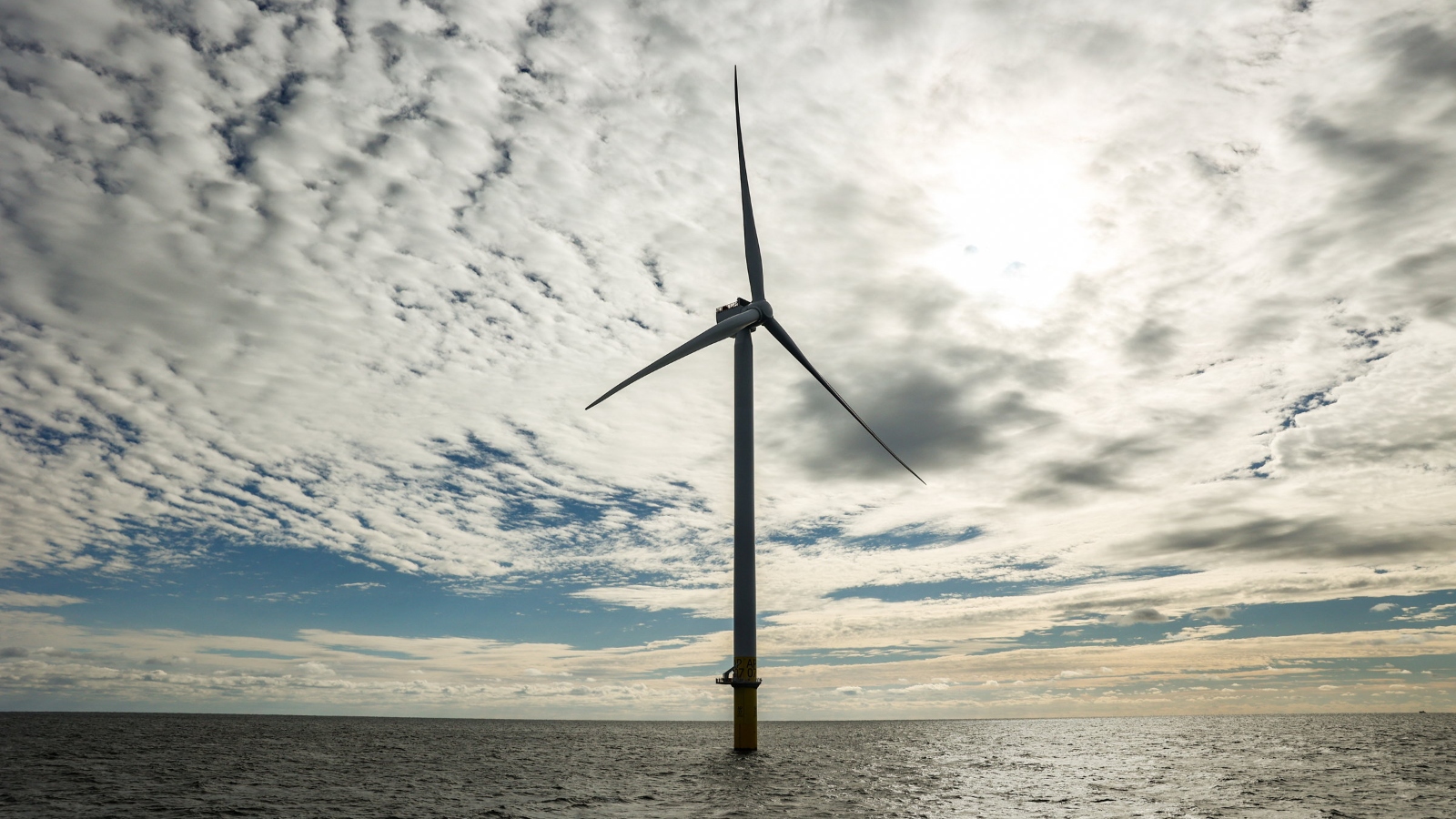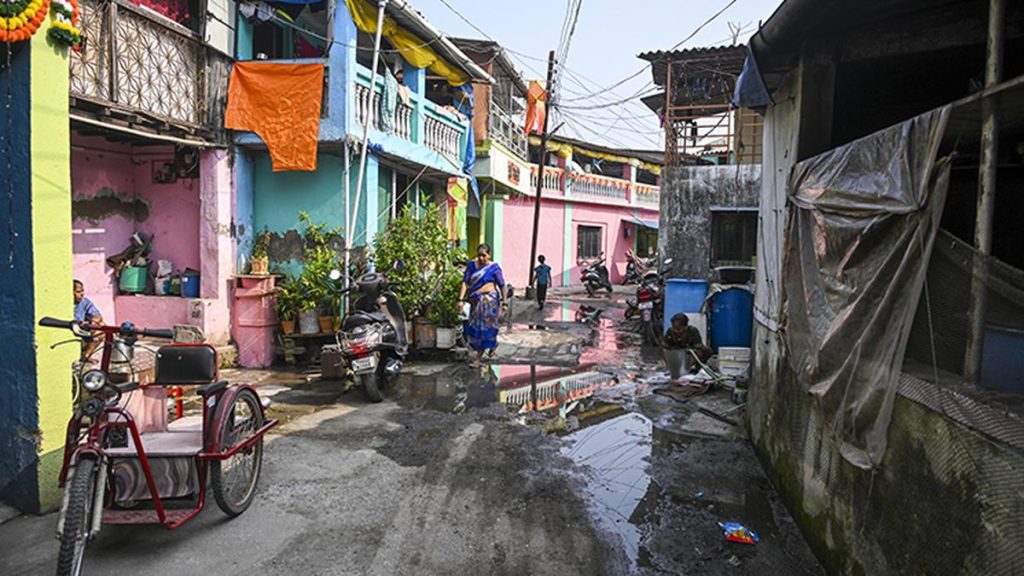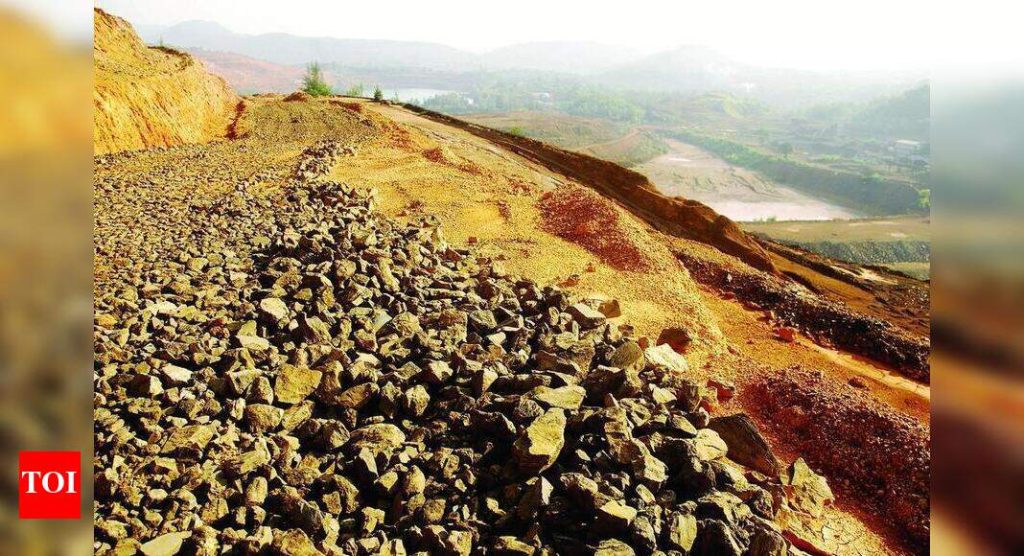Now Reading: New York Races to Expand Solar, Wind Ahead of Tax Credit Deadline
-
01
New York Races to Expand Solar, Wind Ahead of Tax Credit Deadline
New York Races to Expand Solar, Wind Ahead of Tax Credit Deadline

Quick Summary
- President Donald Trump’s “Big Beautiful Bill” substantially impacts renewable energy tax credits, including reduced subsidies for wind and solar projects.
- Under the new law,projects starting construction by July 4,2026,can access full tax credits; however,restrictions on Chinese materials apply beginning January 1 of that year.
- Renewable developers face uncertainties as federal regulators may revise what qualifies as “start of construction.”
- Federal tax credits traditionally covered around a third of the cost for wind and solar projects, critical for financing many developments.
- In New York State:
– there are over 26 permitted but stalled renewable energy projects capable of generating ~3 GW – enough power for ~500,000 homes.
– Developers face long permitting delays from state agencies despite reforms aimed at expediting processes.
– NYSERDA’s slow contracting process adds further bottlenecks to initiating new projects.
- Governor Kathy Hochul has directed state agencies to assess implications but has not committed to major red-tape reductions or fast-tracking renewables amid growing regulatory hurdles.
Images:
!Greenbacker Solar Project
Caption: Greenbacker’s Albany County Solar Project in New York.
!Collage Image
Caption: Mixed visual elements showing Trump climate actions.
Indian Opinion Analysis
India closely tracks global developments in clean energy innovations and policy shifts due to its commitment under COP27 goals and rapid domestic expansion into renewables. Trump’s bill underscores challenges governments worldwide face when balancing industrial policy with geopolitical concerns like material sourcing restrictions.The emphasis on expedited project approvals is particularly relevant to India’s own issues with bureaucratic delays hindering progress across renewable initiatives such as PM-KUSUM or large-scale solar parks. Streamlining multi-agency clearances can serve as an actionable takeaway from New York’s predicament.
Furthermore, uncertainties regarding subsidy rollbacks in mature markets like the U.S., where public incentives have historically propelled adoption since the 1970s, highlight how vital regulatory stability remains for sustaining investor confidence globally-including India. Navigating similar dependency risks is crucial as India scales production-linked incentive schemes aimed at transforming itself into a hub not only for green manufacturing but also storage technologies (like Lithium-ion).While managing dependency on foreign components like China – paralleling provisions post-January 2026 – India’s Aatmanirbhar Bharat aligns strategically toward both protectionism and long-term resilience strengthening supply chains versus immediate trade-offs during transitional phases like NY developers foresee.
For Read more: Link Here




























